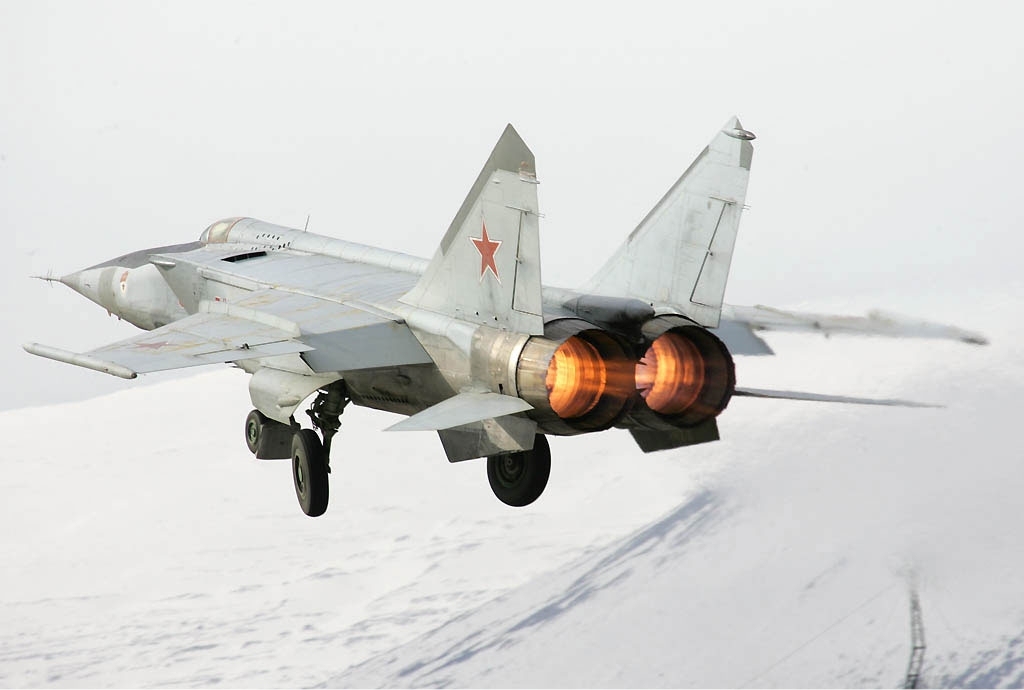“Someone was going to die within the next two minutes, and it wasn’t going to be me or my wingman,” said Gary North, the first USAF pilot to down an enemy aircraft in the F-16 and the first pilot to score a kill with the AIM-120 AMRAAM
Operation Southern Watch (OSW) began on Aug. 27, 1992, with the stated purpose of ensuring Iraqi compliance with United Nations Security Council Resolution 688 (UNSCR 688) of Apr. 5, 1991, which barred fixed and rotary wing aircraft from airspace south of the 33rd parallel.
However, air operations conducted by Saddam Hussein’s air force during ’91-’92 showed he had no intention of complying with resolution 688. As explained by Donald J. McCarthy, Jr. in his book “The Raptors All F-15 and F-16 aerial combat victories,” countless military engagements between coalition forces and Iraqi command and control systems, anti-aircraft artillery (AAA) sites, radar sites, and surface-to-air missile (SAM) sites took place from the very end of the 1991 Gulf War until the invasion of Iraq in 2003.
One of the most famous clashes took place on Sunday, Dec. 27, 1992, when an Iraqi MiG-25 (NATO reporting name “Foxbat”) fighter violated the no-fly zone and entered airspace south of the 33rd parallel.
On that day, at approximately 10:42 a.m. local time, the then-Captain Gary “Nordo” North (who was flying the F-16D No. 90-0778, callsign Benji 41), led a flight of four F-16s on a routine OSW mission. As the Viper drivers were refueling from a KC-135, they heard urgent transmissions between a formation of four F-15s in the no-fly zone and AWACS controllers. An Iraqi fighter (that one F-15, having been close enough to gain visual acquisition, confirmed it as a “Foxbat”) had crossed the border into the no-fly zone and now was speeding north to safety with the F-15s in hot pursuit. The Foxbat quickly reached north of the thirty-second parallel, and the F-15s, now low on gas, left the area.
As told by Craig Brown in his book Debrief: A Complete History of U.S. Aerial Engagements 1981 To The Present, North and his wingman refueled with only enough gas to allow them to cover their assigned on-station time in the no-fly zone and crossed the border into southern Iraq while the third and fourth aircraft in their group continued to refuel. Within minutes, AWACS controllers ordered the two F-16s toward an Iraqi aircraft heading south toward the 32nd parallel to ensure the Bogey did not cross into the no-fly zone. A few minutes later, AWACS controllers directed the Vipers to intercept another high-speed contact that originated in the north and crossed into the no-fly zone approximately thirty miles west of the F-16 formation. The Iraqi fighter was forced to turn north to safety before the F-16s, armed with two AIM-120A Advanced Medium Range Air-to-Air Missiles (AMRAAMs) and two AIM-9 Sidewinder missiles, could engage it.
AWACS radar monitored another aircraft, northeast of the F-16s, flying south toward the no-fly zone, but this time as the F-16s flew to intercept the fighter, an Iraqi SAM radar site began tracking the Vipers. At this point, North ordered the third and fourth aircraft in his group, now with a full load of gas, to fly north at their best speed. Again, AWACS radar reported a radar contact entering the no-fly zone to the west of North’s formation at high speed at 30,000 feet.
The Bogey was flying directly towards them on an easterly heading.
Nordo called for a tactical offset to the north to “bracket” the F-16s between the MiG and the thirty-second parallel, creating a blocking maneuver and trapping the Iraqi fighter in forbidden airspace. The MiG could not escape back into Iraqi territory without a fight. “Someone was going to die within the next two minutes, and it wasn’t going to be me or my wingman,” North said.
North requested clearance to fire as he visually identified the aircraft—a MiG-25 Foxbat armed with AA-6 “Acrid” radar-guided missiles. He directed his wingman to employ his electronic jamming pod, and again, he requested clearance to fire. He finally heard “BANDIT-BANDIT-BANDIT, CLEARED TO KILL” over his headset. At approximately three nautical miles, at fifteen degrees nose high and fifteen degrees right bank, North locked up the MiG-25 and fired an AMRAAM, which guided to impact and destroyed the Russian-built Foxbat.

On Oct. 28, 1998, Col. Paul “PK” White interviewed North for an article he authored, “Nordos’ MiG Kill,” where North described the moment of missile impact: “I saw three separate detonations, the nose and left wing broke instantly, and the tail section continued into the main body of the jet, and finally one huge fireball.”
Noteworthy, this engagement not only marked the first aerial victory scored by an American F-16 but also the first kill for the AIM-120 AMRAAM.
The following video is the original footage of the engagement described in this article.
Photo by Senior Airman Darlene Seltmann and A1C Robert Trubia / U.S. Air Force; Dmitriy Pichugin via Wikimedia Commons
Artwork courtesy of AircraftProfilePrints.com


